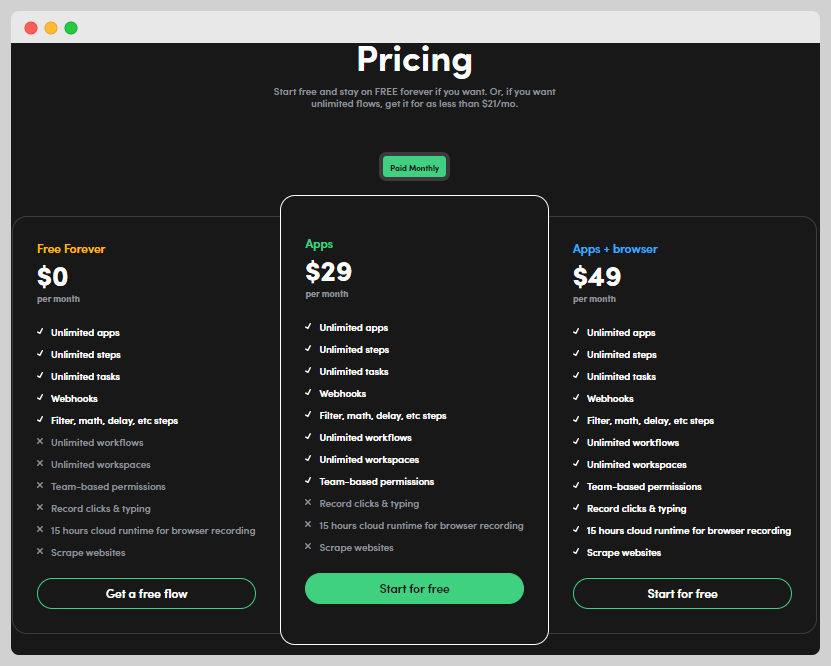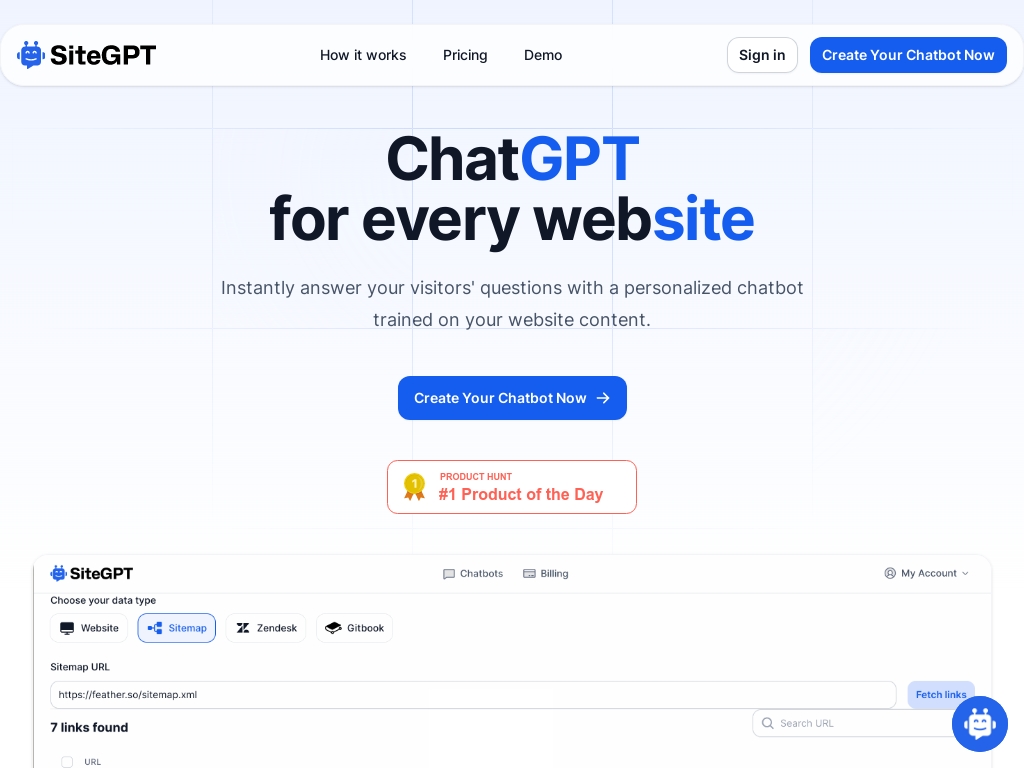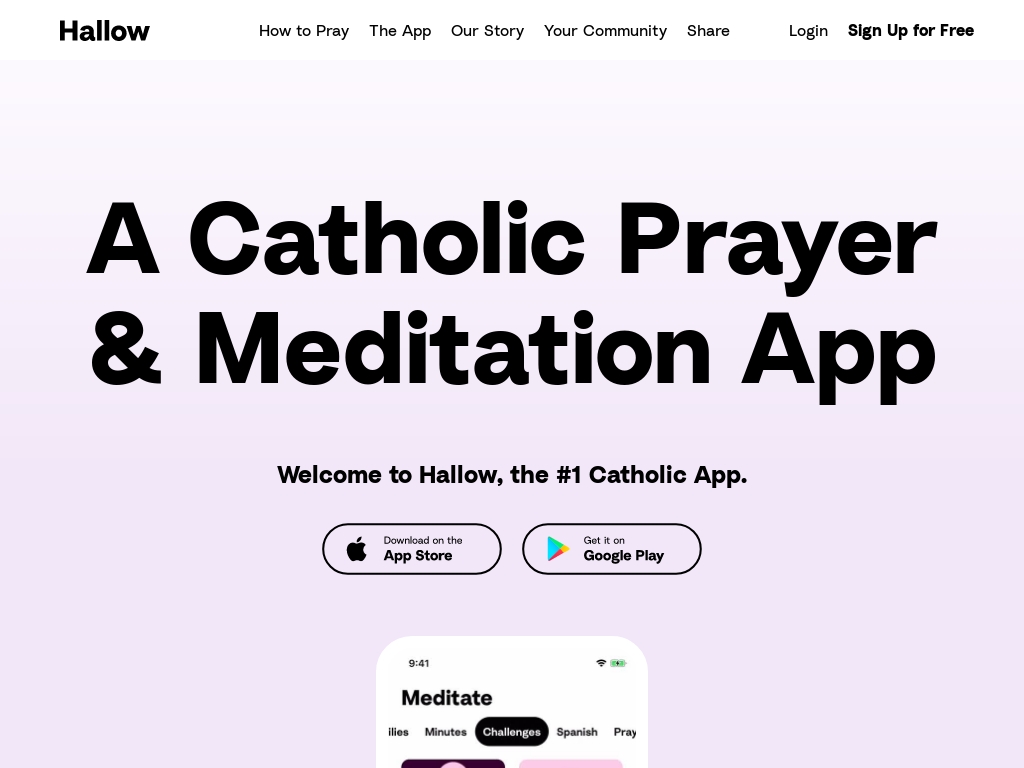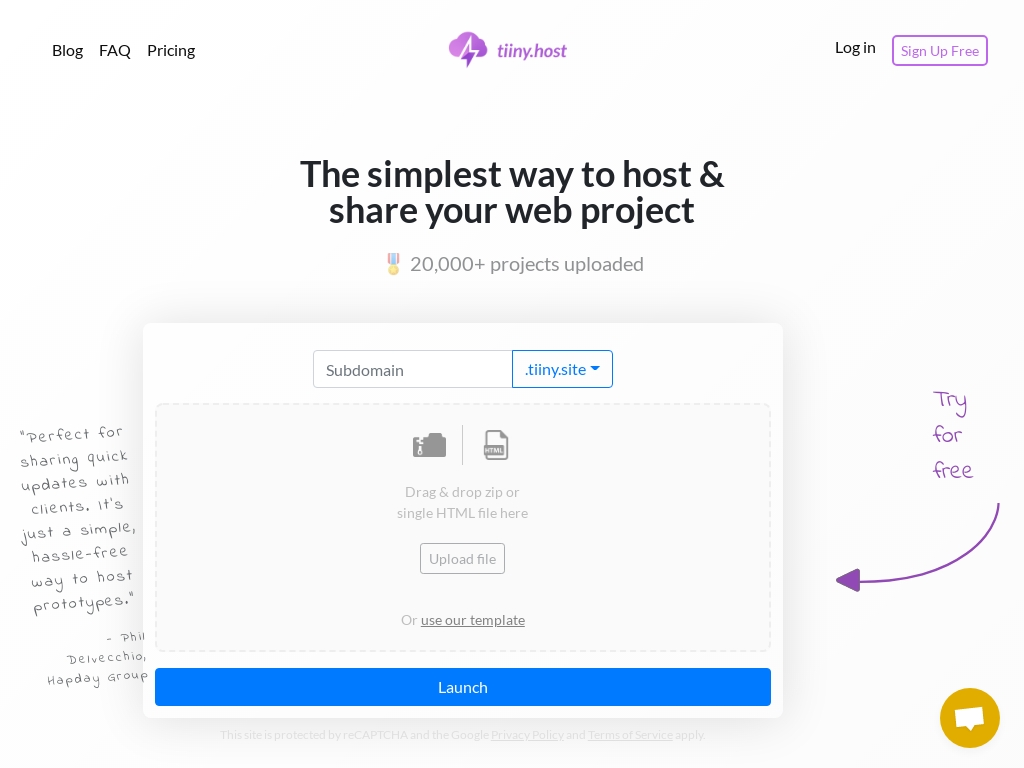
How Jeremy Redman Built TaskMagic to $2 Million in 100 Days Using No-Code Tools
Who is Jeremy Redman?
Jeremy Redman, the founder of TaskMagic, grew up in a trailer park in Michigan and graduated from a State University in Michigan before working in corporate operations in the film industry in Los Angeles, where he began delving into no-code tools and founded multiple tech startups.
What problem does TaskMagic solve?
TaskMagic simplifies life for non-technical users by automating repetitive tasks, easing their workload without the need for coding expertise.

Founder-Market Fit
Skills
What skills did Jeremy Redman have that led to their success?
How did Jeremy come up with the idea for TaskMagic?
Jeremy's idea for TaskMagic was born out of his personal frustrations with existing automation tools. As someone who frequently used Zapier, he was often annoyed by its limitations, especially its inability to mimic simple human actions like clicking or typing. This frustration pushed him to seek a way to automate tasks easily for non-technical users.
To explore the potential of his idea, Jeremy began by asking users to send him videos of the repetitive tasks they wanted to automate. This provided invaluable insights into user needs and sparked the concept of turning those video actions directly into automation processes. Through this, he realized he could offer a simple solution to a widespread problem, especially for users without technical skills.
He initially rolled out a basic version of the tool that still required manual work. However, this helped him gather user feedback, which informed the development of a more automated and scalable solution. Jeremy faced challenges such as miscommunication with early users but overcame these by requesting clearer input through video descriptions, which helped refine TaskMagic's capabilities and deliver a tool that resonated deeply with user needs.
How did Jeremy Redman build the initial version of TaskMagic?
TaskMagic was initially built using no-code tools, leveraging platforms like Bubble for the frontend and Webflow for the marketing website, with Airtable primarily handling database functions. The back end was further enhanced with custom code, notably using Puppeteer, an open-source project that facilitated the automation processes. The first version of TaskMagic was quite manual, constructed around a Tally Form with Zapier endpoints, allowing users to choose from a limited set of automation options. This rudimentary version enabled Jeremy Redman, the founder, to systematically learn and iterate on how to create effective automated workflows. The development process was challenging as it involved significant customer interaction to understand their desired automation flows, which led to frequent iterations based on user-submitted video feedback. Initial development took place in early 2023 and gradually evolved to where the tool could automatically convert user-recorded videos into workflows, focusing on tasks that did not require complex coding skills.
What were the initial startup costs for TaskMagic?
"- AppSumo Launch: TaskMagic grossed almost $1 million from a successful launch on AppSumo. - Early Development and No-Code Tools: TaskMagic utilized no-code platforms like Bubble, Webflow, and Airtable to build its initial product efficiently. - Zapier Integration Issue: Removed from the Zapier integration store, causing TaskMagic to adjust their integrations and marketing approach."
How did Jeremy launch TaskMagic and get initial traction?
Cold Outreach
Jeremy Redman initiated TaskMagic's initial growth through a comprehensive cold outreach strategy. This involved knocking on doors at small businesses, sending personalized emails, and cold messaging potential leads. By contacting many small businesses, Jeremy identified potential customers who could benefit from automating repetitive tasks. He also asked them to vent about their workflow challenges, creating a unique rapport and understanding of customer pain points. This approach helped secure the first 200 customers, each contributing $199 per month, quickly reaching $30,000 in monthly recurring revenue.
Why it worked: This direct approach allowed for personal connections with potential users, effectively building trust and demonstrating the product's value by addressing specific pain points.
AppSumo Launch
In the summer of 2023, Jeremy leveraged the reach of AppSumo for a significant product launch. By offering TaskMagic as a lifetime deal on the platform, they reached a vast audience of potential buyers interested in innovative digital solutions. The exposure resulted in rapid scaling, bringing in nearly $2 million in revenue and over 6,000 paying customers in just 100 days.
Why it worked: AppSumo provided a platform with a ready audience for digital tools, enabling TaskMagic to gain substantial attention and validate its market demand through direct sales.
Personalized Video Pitches
Jeremy also made extensive use of personalized video messages in his outreach efforts. He sent thousands of Loom videos to potential customers, aiming to make his pitch more engaging and personal. Each video used the recipient's name and directly addressed their potential needs, making them feel valued and understood. This personal touch dramatically increased conversion rates.
Why it worked: Personalization showed potential users that Jeremy was genuinely invested in solving their issues, leading to a high conversion rate from these tailored videos.
Metrics:
- Initially reached $30,000 in MRR from 200 customers.
- Achieved nearly $2 million in revenue from the AppSumo launch within 100 days.
- Attracted over 6,000 new paying customers through AppSumo.
What was the growth strategy for TaskMagic and how did they scale?
Cold Outreach
TaskMagic effectively utilized cold outreach to gain initial traction. Jeremy Redman, the founder, personally reached out to potential customers through cold emails, direct messages, and even door-to-door visits to small businesses. This approach was instrumental in generating early sign-ups. By asking these potential customers about their pain points and sending personalized Loom videos, Jeremy established a direct line of communication and trust. Engaging with prospects on a personal level and understanding their needs helped convert a significant portion of leads into paying customers.
Why it worked: Cold outreach is a low-cost strategy with high potential for impact, especially for bootstrapped startups. It allowed TaskMagic to connect directly with potential users and understand their problems. The personalized videos added a human touch that resonated well with leads, increasing the chances of conversion.
AppSumo Launch
TaskMagic had a major breakthrough by launching on AppSumo in the summer of 2023. Listing their product on this platform exposed it to a large audience quickly, achieving close to $2 million in revenue in just 100 days. AppSumo is known for offering lifetime deals, which encouraged people to purchase and try TaskMagic. The platform's reach allowed TaskMagic to amass thousands of new paying customers in a relatively short time frame.
Why it worked: AppSumo provided tremendous exposure and immediate validation by putting TaskMagic in front of a targeted audience looking for software solutions. The financial commitment required for lifetime deals meant that users were genuinely interested, which provided high-quality feedback and allowed TaskMagic to iterate and improve the product rapidly.
Alternative Positioning and Marketing
TaskMagic successfully positioned itself as a "free and better" Zapier alternative. This strategic move was partly out of necessity after facing challenges with Zapier, but it also capitalized on common complaints about Zapier's pricing and limitations. By targeting existing frustrations, TaskMagic captured the attention of users looking for more affordable and efficient solutions.
Why it worked: This marketing approach tapped into a well-defined pain point among existing automation tool users. Offering a solution that addressed these issues made TaskMagic appealing to a specific, motivated audience. This strategic positioning helped distinguish TaskMagic in a competitive market.
Strategic Acquisitions
TaskMagic grew its user base by making strategic acquisitions, such as acquiring a no-code newsletter with 11,000 subscribers and a cold email outreach tool called MailLead. This strategy helped expand their reach to an audience already interested in no-code solutions. By integrating these assets, TaskMagic attracted new users and bolstered its product offerings.
Why it worked: Acquiring complementary tools and platforms provided TaskMagic with instant access to a targeted audience. The newsletter acquisition, for example, led to over 1,000 free sign-ups and converted about 8% into paid users. Acquisitions allowed TaskMagic to capture engaged, relevant users while enhancing its ecosystem.
What's the pricing strategy for TaskMagic?
TaskMagic prices its automation software starting at $29 per month.

What were the biggest lessons learned from building TaskMagic?
- Embrace the Power of No-Code: TaskMagic leveraged no-code and AI to build a user-friendly automation tool, demonstrating that significant tech solutions can be created without deep programming knowledge. This approach helped them stand out in a market dominated by complex tools.
- Cold Outreach Pays Off: Jeremy emphasized cold outreach to gain initial traction, showing that direct communication with potential customers can effectively build early-stage growth and customer relationships without expensive marketing campaigns.
- Pivot Based on Feedback: TaskMagic improved by listening to customer needs and iterating quickly. By using customer videos to build automations, they tailored their product development process in response to user input, which helped them scale rapidly.
- Leverage Strategic Partnerships: Launching on AppSumo was a game-changer, as it provided TaskMagic with significant exposure, user feedback, and market validation. This strategy illustrates how effective partnerships can accelerate growth for startups.
- Resilience and Direct Customer Engagement: Jeremy's hands-on approach to customer service, including answering thousands of customer queries personally, highlights the importance of resilience and maintaining a strong connection with users to foster trust and loyalty.
TaskMagic Acquisition: How much did TaskMagic sell for and what was the acquisition price?
TaskMagic launched on AppSumo in Summer 2023, grossing nearly $2 million in 100 days and acquiring over 6,000 paying customers.
Discover Similar Business Ideas Like TaskMagic
|
|
Idea
|
Revenue
|
|---|---|---|
|
PDFShift
|
HTML-to-PDF conversion API service.
|
$8.5K
monthly
|
|
SiteGPT
|
AI chatbot trained on your website content.
|
$15K
monthly
|
|
Hallow
|
"Catholic prayer and meditation app fostering faith growth."
|
$278K
monthly
|
|
tiiny.host
|
Static website hosting made simple for everyone.
|
$15K
monthly
|
|
Studio Wombat
|
WooCommerce plugin developer for enhanced e-commerce features.
|
$15K
monthly
|
|
Treendly
|
Trend-spotting platform for untapped market insights.
|
$1K
monthly
|
|
ScreenshotOne
|
API for capturing website screenshots easily.
|
$2.2K
monthly
|
More about TaskMagic:
Who is the owner of TaskMagic?
Jeremy Redman is the founder of TaskMagic.
When did Jeremy Redman start TaskMagic?
2023
What is Jeremy Redman's net worth?
Jeremy Redman's business makes an average of $100K/month.
How much money has Jeremy Redman made from TaskMagic?
Jeremy Redman started the business in 2023, and currently makes an average of $1.2M/year.

Download the report and join our email newsletter packed with business ideas and money-making opportunities, backed by real-life case studies.

Download the report and join our email newsletter packed with business ideas and money-making opportunities, backed by real-life case studies.

Download the report and join our email newsletter packed with business ideas and money-making opportunities, backed by real-life case studies.

Download the report and join our email newsletter packed with business ideas and money-making opportunities, backed by real-life case studies.

Download the report and join our email newsletter packed with business ideas and money-making opportunities, backed by real-life case studies.

Download the report and join our email newsletter packed with business ideas and money-making opportunities, backed by real-life case studies.

Download the report and join our email newsletter packed with business ideas and money-making opportunities, backed by real-life case studies.

Download the report and join our email newsletter packed with business ideas and money-making opportunities, backed by real-life case studies.

















